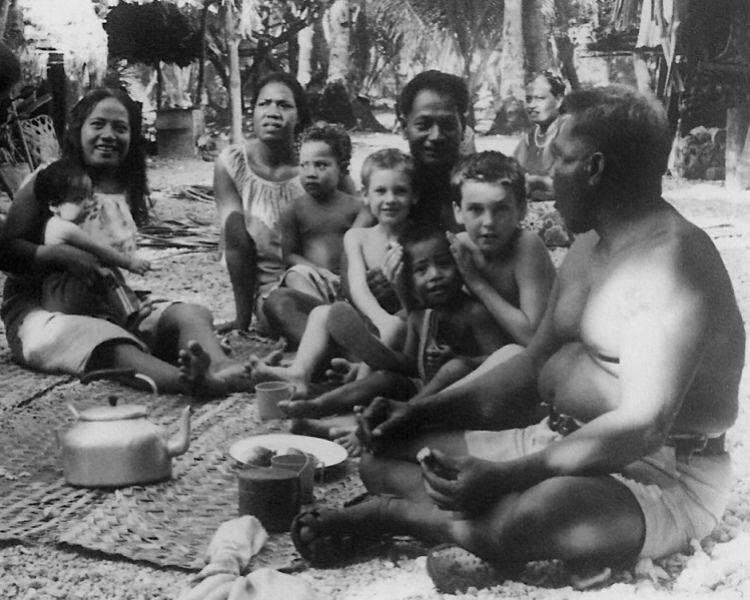
Figure 1.--An European family, perhaps English, lived on Tarawa atol in 1979, the year in wich Kiribati achieved independence. Here we can see the children at tea time with local friends. |

|
Kiribati was a British colony in the central Pacific know as the Gilbert Islands. It is composed of 32 atolls and a raised coral island, The atolls are spread out over 3.5 million square kilometres. Kiribati straddles the equator and borders the International Date Line at the eastern-most extension. British Captain Thomas Gilbert sighted the islands (1788). The Japanese seized the Islands after Pearl Harbor. The Japanese fortified the islands. When the U.S. Navy launched its central Pacific campign, the easterly located Gilberts were an early target. The Islands were the scene of a savage battle when the United States launched the Central Pacific campaign in the Gilberts. The caranage at Tarawa shocked Americans. The Gilbert and Ellice Islands gained self-rule (1971). They separated and were granted internal self-government (1975). Ellice Islands became the independent nation of Tuvalu (1978). The Gilbert Islands became independent as Kiribati (1979). There is a page discusing Kirabati history in more detail.
The indigenous Gilbertese language name for the Gilbert Islands proper is "Tungaru". The new island state chose the name "Kiribati"--the Gilbertese pronunciation of "Gilberts" to acknowledge the inclusion of Banaba, the Line Islands, and the Phoenix Islands, which were never considered part of the Gilberts chain. We have a Kiribati schools page.
Navigate the Boys' Historical Clothing Web Site:
[Return to the Main Oceania page]
[Introduction]
[Activities]
[Biographies]
[Chronology]
[Cloth and textiles]
[Clothing styles]
[Countries]
[Topics]
[Bibliographies]
[Contributions]
[FAQs]
[Glossaries]
[Images]
[Links]
[Registration]
[Tools]
[Boys' Clothing Home]
